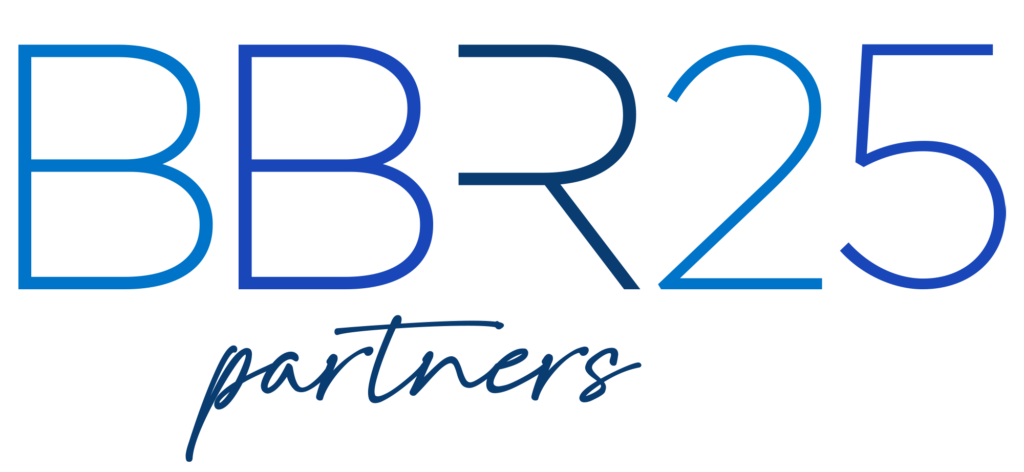HOW MUCH IS TOO MUCH GROWTH?
by Sean R. Apgar & Christen K. Douglas
July 18th, 2023
For advisors to families of substantial means, maximizing the amount of wealth transferred to succeeding generations is normally a top priority. It may seem counter intuitive, but we have observed an increase in themes that challenge this mindset.
Families that have experienced growth significantly greater than their original forecasts, may want to cap or reduce future growth to the next generation.
This requires thoughtful analysis of the client’s particular situation and the tax planning vehicles they have established. We’ll walk through several fundamental elements of complex structures, along with hypothetical client goals within this scenario and take a brief look at potential solutions.
A WELL-TRODDEN PATH
Best practice in wealth transfer planning is grounded on the premise of freezing appreciation within the senior generation’s estate and maximizing appreciation for the next generation outside the grantor’s taxable estate. From an asset allocation standpoint, this means ensuring that investments with the highest potential for appreciation be held within the next generation’s accounts. As an added tax benefit, families often devise a structure where the next generation’s assets are held within a trust for the next generation’s benefit, but the senior generation remains responsible for paying any income tax attributable to the trust. In essence, allowing the trust to operate like an endowment, with no income tax erosion during the life of the senior generation, while the senior generation’s taxable estate continues to shrink because they are paying the income tax liability on behalf of the trust. A win-win arrangement that furthers the senior generation’s goal of maximizing wealth transfer while minimizing transfer tax.
A smart plan, based on the family’s original goals. But what if the trust’s assets grow at rates that far exceed original expectations? For some clients, of course, the amplified results are well received. For others, though, there may be real interest in pivoting the strategy for a variety of reasons – liquidity concerns for the senior generation that may make the income tax allocation no longer desirable or practical, a desire to increase charitable giving in light of the unexpectedly large asset growth, etc.

INVERTING THE TRADITIONAL THINKING
For families exploring how best to limit or reduce the value of assets previously gifted in trust and redirect growth or liquidity to other areas, there are several strategies and techniques to consider. Whether an approach is available depends on the specific scenario, the trust agreement, and applicable law.
Some trust agreements are drafted to allow for distributions to the grantor to reimburse the grantor for the income tax liability attributable to income earned by the trust. Before including a provision like this in a trust agreement, clients should confirm that the governing law of the trust will not treat this power to reimburse the grantor as a basis for trust assets to be reachable by the grantor’s creditors or includible in the grantor’s estate for estate tax purposes. Even then, clients should be wary of exercising the power to reimburse the grantor every year, as that may create bad facts on an audit of the grantor’s estate. Exercising the power to reimburse the grantor may, however, make sense for a particular year in which the trust realized an unusually large gain.
Clients may instead consider “turning off” grantor trust status of the trust entirely, especially if they anticipate that the grantor would regularly need reimbursement from the trust for the additional income tax liability. Turning grantor trust status off converts the trust to its own tax paying entity instead of having the grantor bear the tax burden on income earned by the trust.
Another option, if there is charitable interest, is to decant the trust assets to a new trust (if amending the trust is not possible), to give an existing beneficiary a broad power to appoint the assets of the new trust to charity. This requires careful consideration of the relevant authority to decant the trust to understand what is permissible under it.
At the front-end of a client’s gift planning, including a cap on the value of assets to be held in trust for the grantor’s descendants may be useful to hedge against significantly higher appreciation of the trust assets than expected. For example, in creating a grantor retained annuity trust (“GRAT”), the trust agreement governing the GRAT could cap the value of the GRAT assets that pass to a trust for the grantor’s descendants following the annuity period with the excess passing to the family’s private foundation, donor advised fund, or public charity.
Another critical practice is to continually consider asset allocation between the senior generation and next generation to ensure that growth and liquidity are being properly managed to achieve the client’s goals. Many trusts allow the grantor to substitute the grantor’s own property for assets of the trust of equivalent value. This is helpful to clients at both ends of the spectrum. For those looking to maximize wealth transfer, they may give investments depressed in value but with significant upside potential to the trust in exchange for cash or bonds of equivalent value from the trust. For those looking to minimize or cap wealth transfer they may contribute cash or bonds to the trust that have a stable return but no significant growth potential in exchange for the trust’s equity investments or other higher risk (and potentially higher return) assets.
STAYING AGILE
There is a variety of techniques to consider in order to find the right fit for a client’s particular situation. Ranging from the radical; i.e., switching the tax burden from the senior generation to the trusts, to the simple; restructuring life insurance funding. The goal is to find a solution that achieves the client’s goals while providing as much flexibility as possible, understanding that circumstances may change over time. With the right advisors, these tools and strategies can help families adapt their estate plans and tax planning vehicles to address their evolving circumstances.
Sean R. Apgar is a Partner and Co-Head of the Portfolio & Wealth Advisory teamat BBR Partners. He is skilled in working with families and their surrounding advisors to help shape and execute a cohesive wealth management plan that is tailored to their needs and preferences. Sean is fluid across multiple disciplines and families with investment, structural, intergenerational, and wealth management complexity can benefit from his knowledge and expertise.
Christen K. Douglas is a Partner at McDermott Will & Emery. She advises high net worth individuals and families regarding all aspects of their personal legal needs, including estate, gift, GST, and income tax planning, family dispute resolution, business succession planning, charitable giving, and trust and estate controversy matters. Christen offers a unique perspective by understanding the highly technical aspects of estate and tax planning as well as the strategy of litigation.
Connect with One of Our Advisors
Important Disclosure Information Please remember that past performance is no guarantee of future results. Different types of investments involve varying degrees of risk, and there can be no assurance that the future performance of any specific investment, investment strategy, or product (including the investments and/or investment strategies recommended or undertaken by BBR Partners, LLC (“BBR”)), or any non-investment related content, made reference to directly or indirectly in this commentary will be profitable, equal any corresponding indicated historical performance level(s), be suitable for your portfolio or individual situation, or prove successful. Due to various factors, including changing market conditions and/or applicable laws, the content may no longer be reflective of current opinions or positions. Moreover, you should not assume that any discussion or information contained in this commentary serves as the receipt of, or as a substitute for, personalized investment advice from BBR. Neither BBR’s investment adviser registration status, nor any amount of prior experience or success, should be construed that a certain level of results or satisfaction will be achieved if BBR is engaged, or continues to be engaged, to provide investment advisory services. BBR is neither a law firm, nor a certified public accounting firm, and no portion of the commentary content should be construed as legal or accounting advice. A copy of BBR’s current written disclosure Brochure discussing our advisory services and fees continues to remain available upon request or at www.bbrpartners.com. Please Remember: If you are a BBR client, please contact BBR, in writing, if there are any changes in your personal/financial situation or investment objectives for the purpose of reviewing/evaluating/revising our previous recommendations and/or services, or if you would like to impose, add, or to modify any reasonable restrictions to our investment advisory services. Unless, and until, you notify us, in writing, to the contrary, we shall continue to provide services as we do currently. Please Also Remember to advise us if you have not been receiving account statements (at least quarterly) from the account custodian. Please Note: Limitations. The achievement of any professional designation, certification, degree, or license, recognition by publications, media, or other organizations, membership in any professional organization, or any amount of prior experience or success, should not be construed by a client or prospective client as a guarantee that he/she will experience a certain level of results or satisfaction if BBR is engaged, or continues to be engaged, to provide investment advisory services.
CFP® Certification: CFP® professionals have met extensive training and experience requirements and commit to the ethical standards of the Certified Financial Planner Board of Standards (“CFP Board”). CFP® professionals take a holistic, personalized approach to financial planning. As part of the CFP® certification, CFP®s must meet education, exam, and experience requirements. CFP® professionals also have made a commitment to the CFP Board to act as a fiduciary and put their clients’ interests first when providing financial advice to a client.
